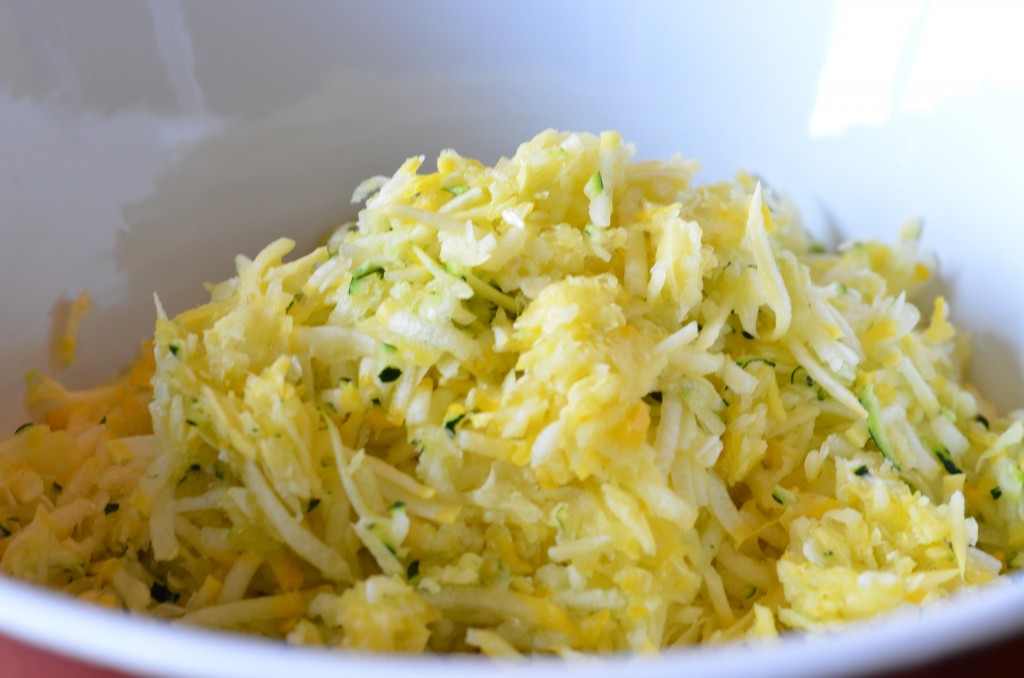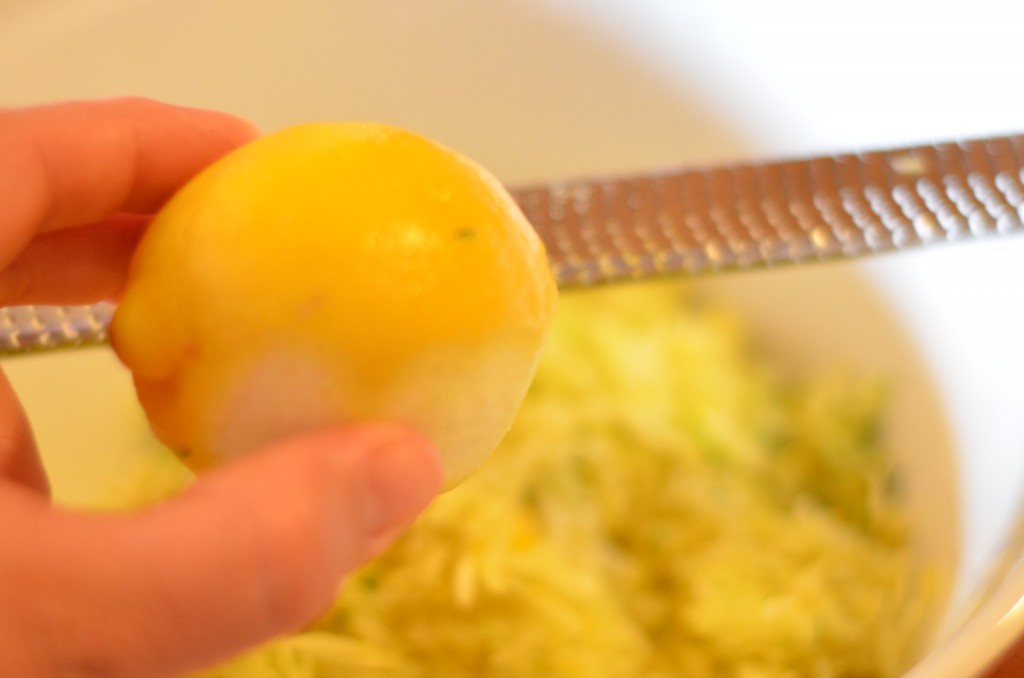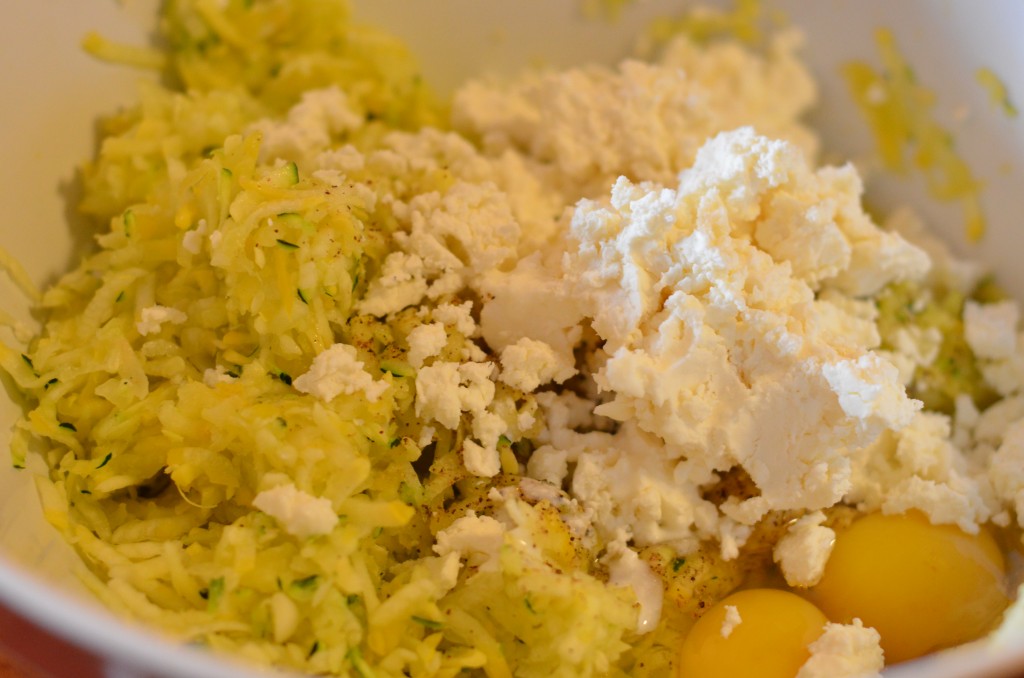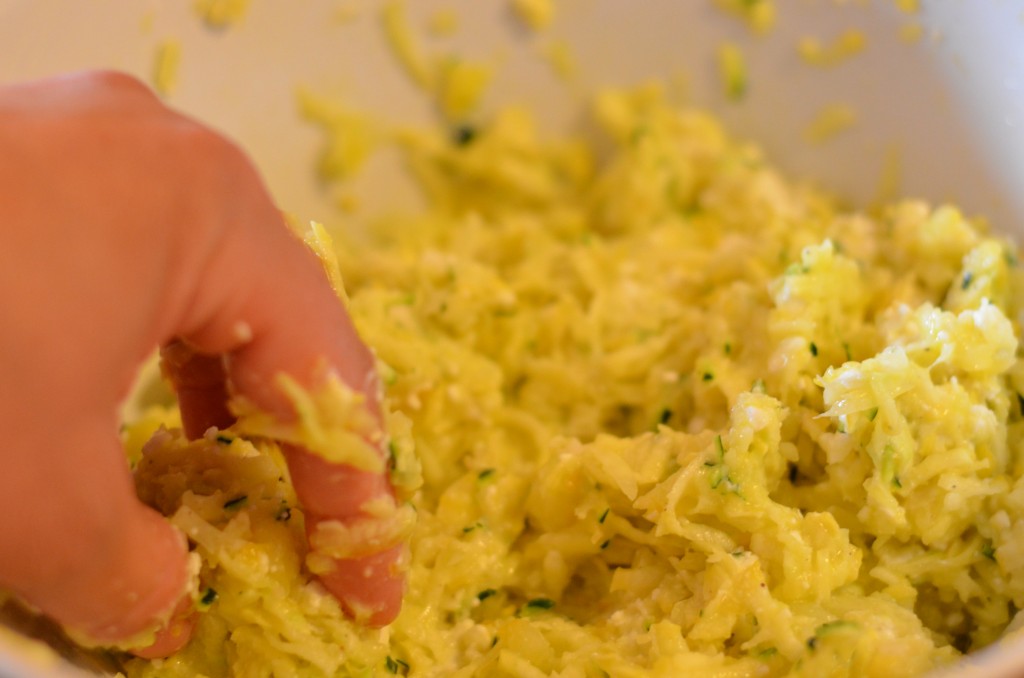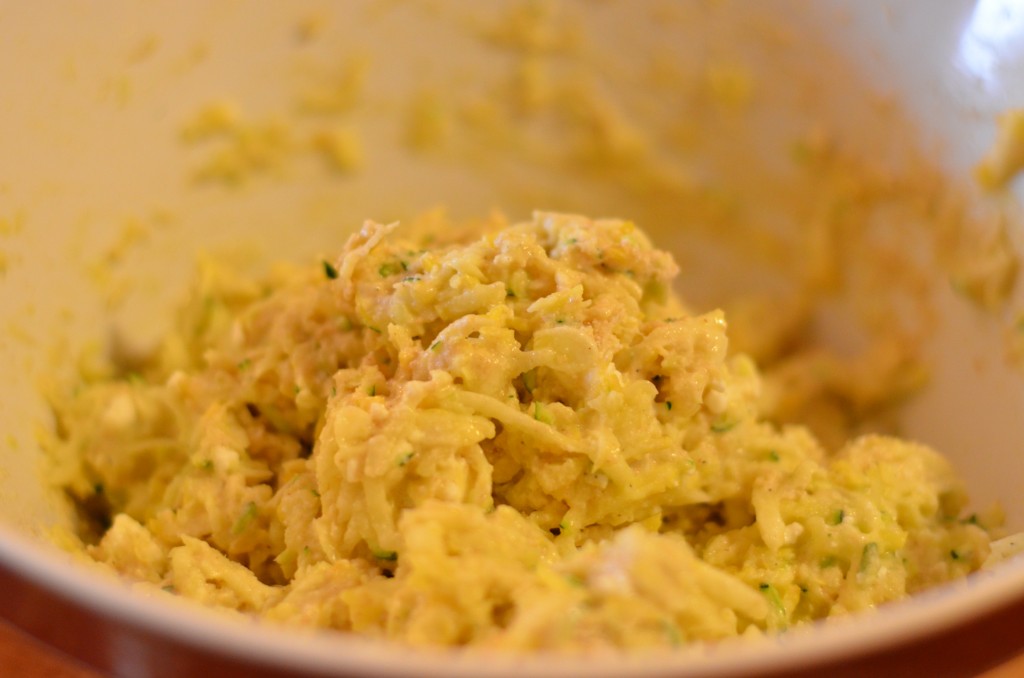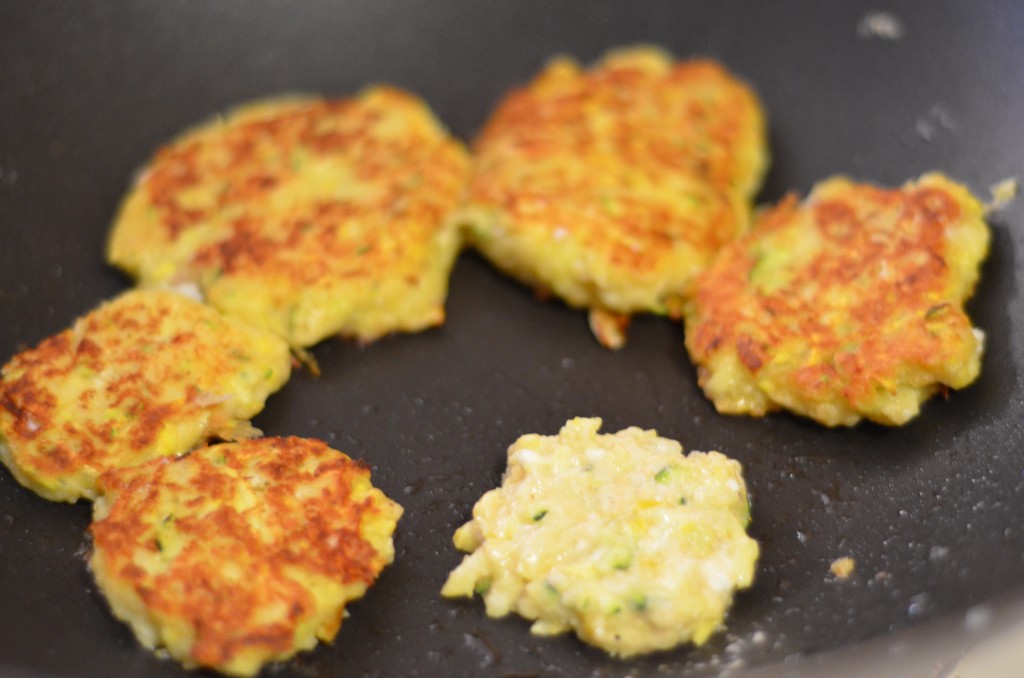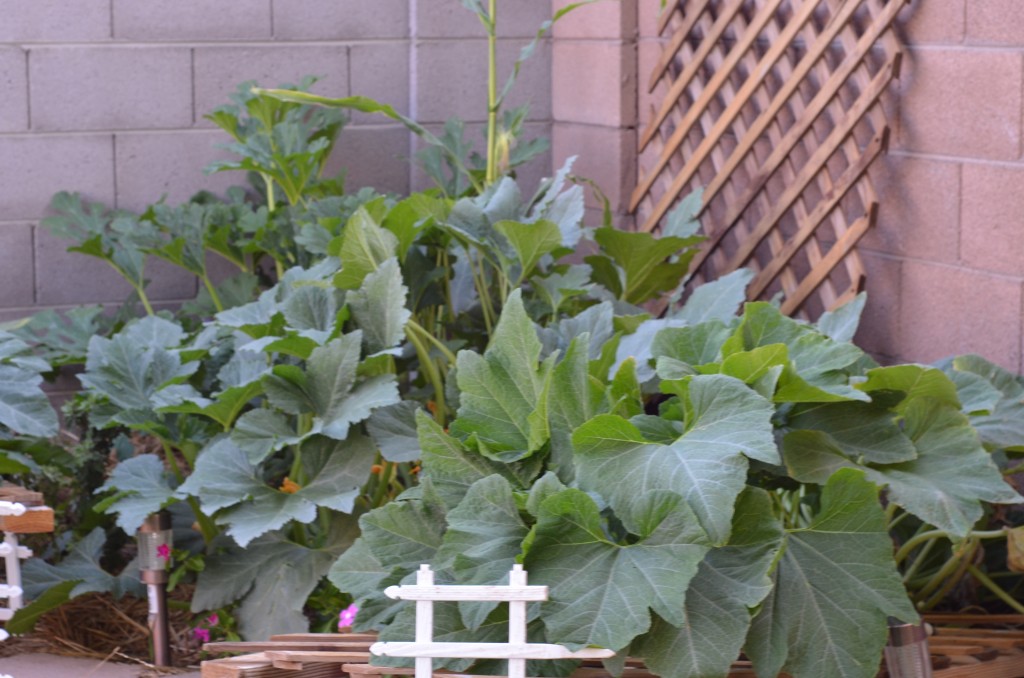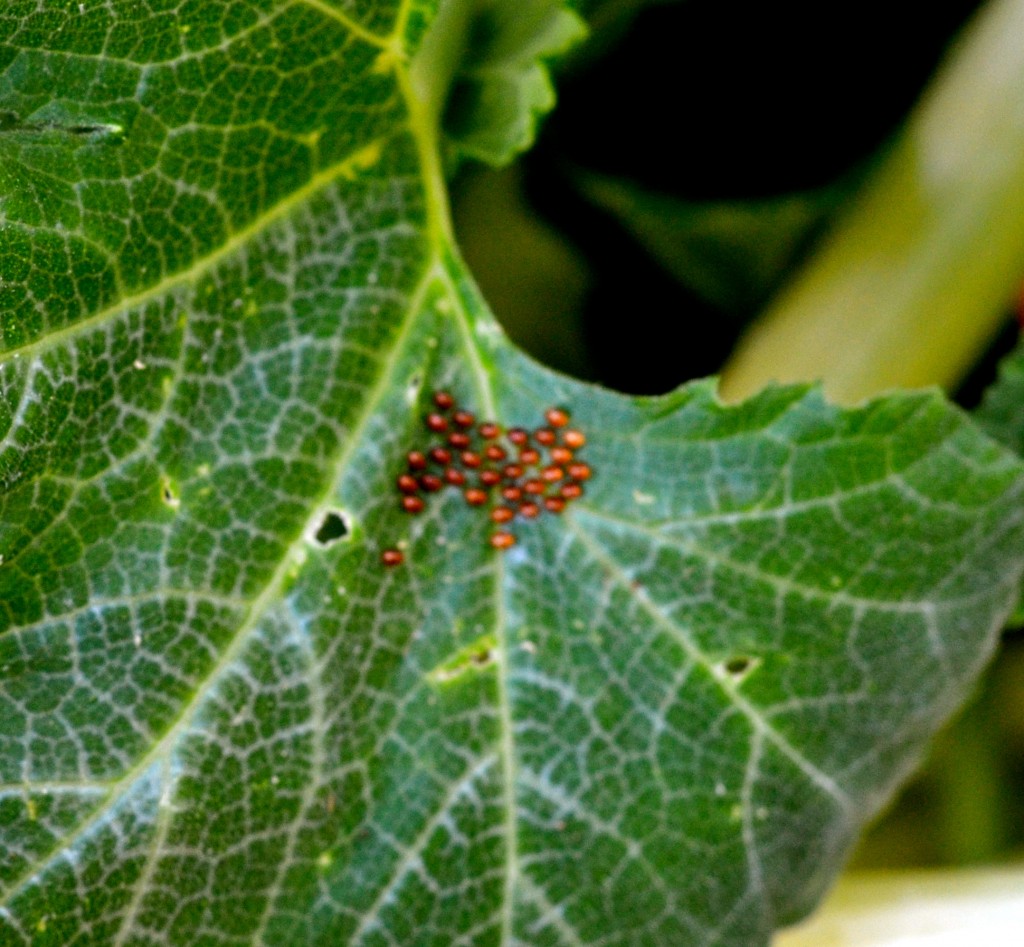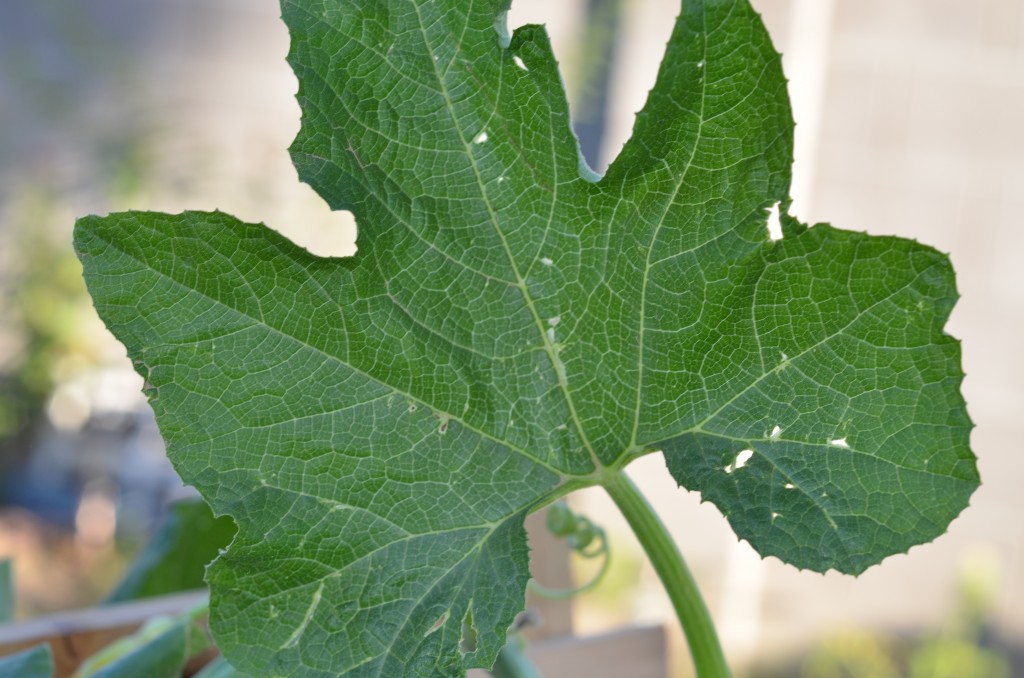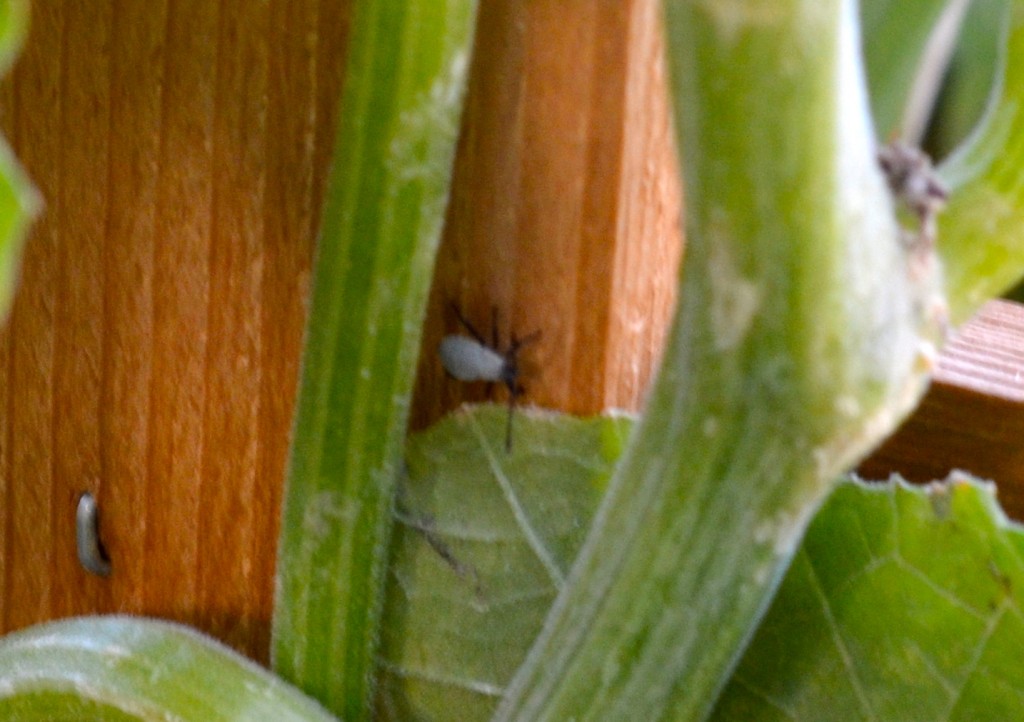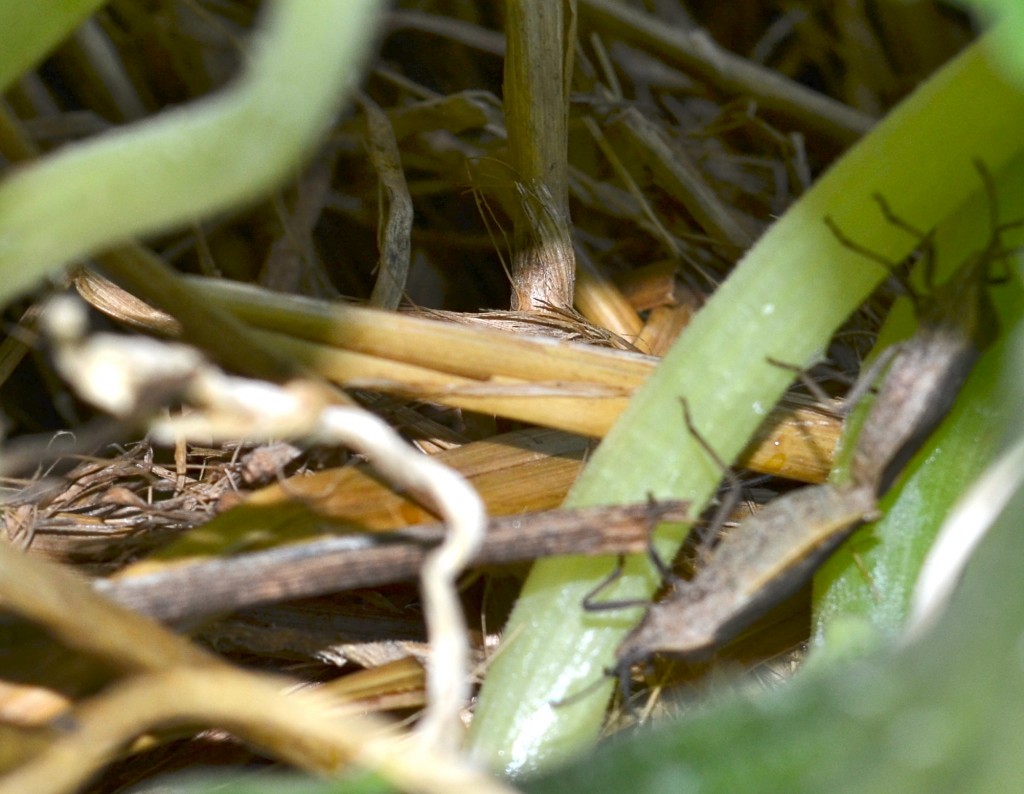It’s summer and my girls and I have been on the go a lot, swimming and visiting with friends. Hot weather equals lighter fare so we have been drinking smoothies for breakfast or as snacks. Plus, they’re really fast and don’t require heating up the kitchen. Who can argue with that?
I strongly believe that a body which is consistently nourished with good food will crave the food it needs to survive its current environment. At least this seems true with myself and my kids. Of course, the opposite occurs when I consistently barrage my palate with lots of sugar and nutrient deficient food, because those things have an addictive quality. That said, we crave water-laden fruit in the summer, definitely needed in the Arizona heat. So, in summer, our smoothies are fruit based but I usually manage to sneak a few veggies in as well.
These aren’t exact measurements because, well, I don’t use them myself. I am more into percentages that I increase or decrease based on how many people I’m serving. Here are my basic guidelines for fruity smoothies.
1. Only add enough liquid like yogurt, nut milk or coconut milk to get the blender moving. The flavors will be stronger and the smoothie will have a richer texture. If, like my husband, you enjoy more liquid-y smoothies, use more liquid.
2. Buy organic fruit frozen*. It’s more cost effective than fresh and creates an ice-cream quality in your smoothie.
3. Add a banana unless you need to avoid them for some reason. They add creaminess and they are full of nutrients.
4. Try skipping the sweetener. Fruit, especially bananas, are rich in natural sugars. If you must sweeten more, try raw honey or raw agave syrup. Just a splash.
5. Blend till everything is really smooth. Nothing like a chunk of something to ruin a good smoothie. We’re lucky enough to have a retro Vitamix (the stainless steel one) we received as a gift. And we love it.
Here are a few of our regular smoothies. I’ll post others as we create them.
Basic Fruit Smoothie
yogurt (almond milk or coconut milk)
banana
frozen fruit like strawberries or raspberries
1 apple, sliced and quartered
1/4 cup of chopped red cabbage (you won’t even taste it, I promise!)
splash of vanilla
*Variation – instead of chopped red cabbage, add 1 cup or so of fresh spinach to your smoothie. You can use more because it has a mild flavor and won’t change the overall taste of your smoothie.
Pina Colada Smoothie
Coconut milk (you can use light or full fat)
Banana
Frozen pineapple
1/4 cup of shredded carrot
Chocolate Smoothie
Almond milk
Banana
2-3 T. Almond butter (you can use a handful of almonds but I’d only recommend it if you have a good blender or it’ll be crunchy – and not in a good way)
1 T. raw cacoa nib powder or more if you like super chocolate (rich in antioxidants & flavonoids. Available & reasonably priced at Mountain Rose Herbs)
a few chunks of ice
This one is more of a treat, since it tastes like ice cream
Contains caffeine so use with caution if serving to children, just like you would anything containing chocolate. Otherwise, you may be looking at a very late bedtime!
*Organic Mama Money Saving Tip $$$
If you run across a great sale or a friend needs to unload a bunch of fruit from their trees that you just can’t eat in time, try freezing it. Just wash, slice, freeze on a cookie sheet and then bag. Otherwise, you’ll end up with a huge bag of frozen mush. Still usable for baking but difficult to use for smoothies.

